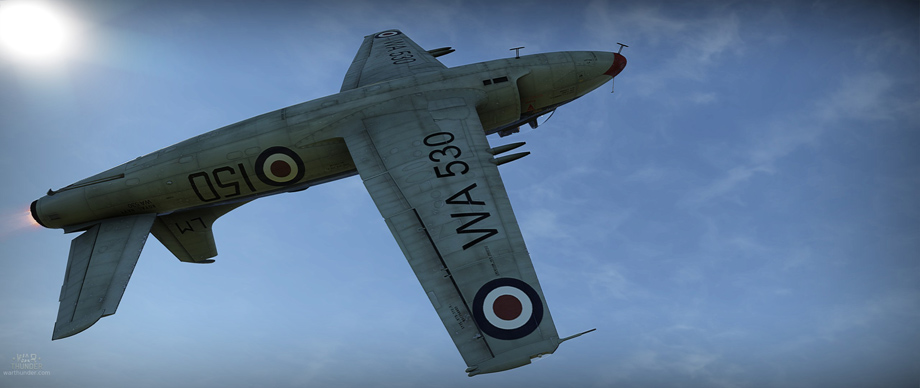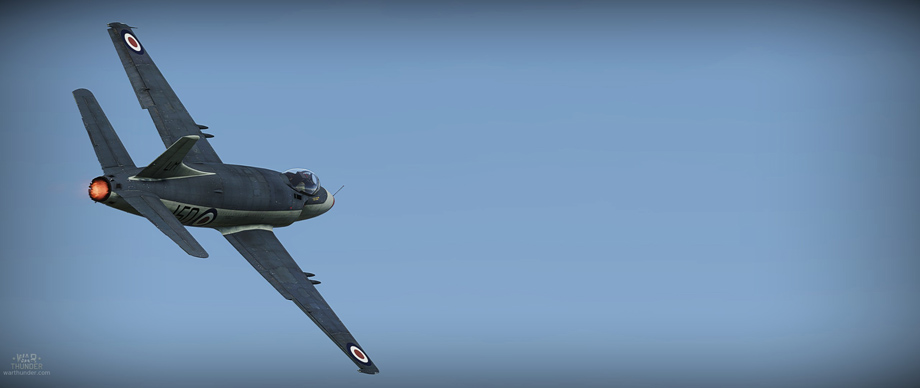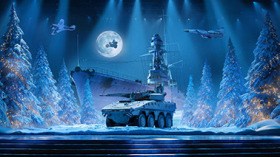
- For PC
- For MAC
- For Linux
- OS: Windows 10 (64 bit)
- Processor: Dual-Core 2.2 GHz
- Memory: 4GB
- Video Card: DirectX 11 level video card: AMD Radeon 77XX / NVIDIA GeForce GTX 660. The minimum supported resolution for the game is 720p.
- Network: Broadband Internet connection
- Hard Drive: 22.1 GB (Minimal client)
- OS: Windows 10/11 (64 bit)
- Processor: Intel Core i5 or Ryzen 5 3600 and better
- Memory: 16 GB and more
- Video Card: DirectX 11 level video card or higher and drivers: Nvidia GeForce 1060 and higher, Radeon RX 570 and higher
- Network: Broadband Internet connection
- Hard Drive: 62.2 GB (Full client)
- OS: Mac OS Big Sur 11.0 or newer
- Processor: Core i5, minimum 2.2GHz (Intel Xeon is not supported)
- Memory: 6 GB
- Video Card: Intel Iris Pro 5200 (Mac), or analog from AMD/Nvidia for Mac. Minimum supported resolution for the game is 720p with Metal support.
- Network: Broadband Internet connection
- Hard Drive: 22.1 GB (Minimal client)
- OS: Mac OS Big Sur 11.0 or newer
- Processor: Core i7 (Intel Xeon is not supported)
- Memory: 8 GB
- Video Card: Radeon Vega II or higher with Metal support.
- Network: Broadband Internet connection
- Hard Drive: 62.2 GB (Full client)
- OS: Most modern 64bit Linux distributions
- Processor: Dual-Core 2.4 GHz
- Memory: 4 GB
- Video Card: NVIDIA 660 with latest proprietary drivers (not older than 6 months) / similar AMD with latest proprietary drivers (not older than 6 months; the minimum supported resolution for the game is 720p) with Vulkan support.
- Network: Broadband Internet connection
- Hard Drive: 22.1 GB (Minimal client)
- OS: Ubuntu 20.04 64bit
- Processor: Intel Core i7
- Memory: 16 GB
- Video Card: NVIDIA 1060 with latest proprietary drivers (not older than 6 months) / similar AMD (Radeon RX 570) with latest proprietary drivers (not older than 6 months) with Vulkan support.
- Network: Broadband Internet connection
- Hard Drive: 62.2 GB (Full client)
The Attacker in War Thunder
Following on from the Sea Fury in the Fleet Air Arm branch is the first operational carrier based jet within the Royal Navy’s arsenal, the Supermarine Attacker. The Attacker is Britain's first Naval jet and offers good all round performance for a first generation jet design as well as ground attack and fighter bomber payload capabilities for a variety of situations. Available to research after the Sea Fury, the Attacker is a different approach to jet fighter aircraft by comparison to the Meteors, Vampire or Venom.
 |
| An X-Ray View of the Attacker FB.Mk 1 |
The most unique and unusual trait of the Attacker is its tail dragger configuration and wing mounted armament. As the wing and undercarriage was shared with another of Supermarine’s aircraft, the Spiteful, the Attacker is the only British jet of the period to have a wing mounted cannon armament. Unlike the other British jet fighters which adopt nose mounted configurations, the 4 x 20mm Hispano Mk V cannons on the Attacker do require careful use of convergence much like the Sea Fury and Seafires before it as a result of their positioning.
Mounted in pairs with two in each wing, 624 rounds of Hispano ammunition is available to the cannons providing a greater capacity than the piston fighters before it. The Attacker can also amount 2 x 500lb or 1000lb bombs as well as 12 x 76mm RP-3 rockets with the GLBC Mk 3 and GRC Mk 8 Modifications respectively. This combined with the “Universal” or “Ground Targets” belts allows the Attacker to live up to its namesake, should pilots choose to use it in the fast ground attack fighter-bomber role.
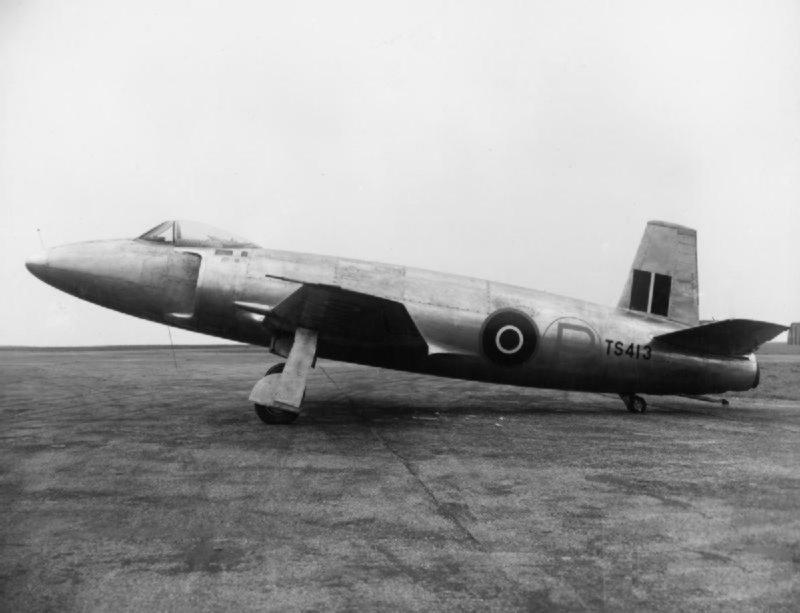 |
| Supermarine Type 398 |
Utilizing the “Air Targets” belt and adopting the pure fighter role in the Attacker is equally as effective thanks to the aircraft's good all round performance, a “Bubble” canopy that offers good all round visibility for simulator pilots as well as a set of airbrakes situated in the wings to aid in slowing the aircraft and energy management.
The unusual undercarriage is also very forgiving upon landing, both on land bases and aircraft carriers due to the wide track. However, this can also prove to be a hinderance for fans of the Simulator Battles game mode and pilots who prefer cockpit view, as the aircraft is indeed a “taildragger”. This causes extremely restricted view on the ground and when landing, especially on a carrier.
The Attacker in History
The Attacker was part of the first generation of jet aircraft to enter service with the Royal Navy and had the distinction of being the first operational combat jet on a British carrier. Whilst the Royal Air Force was already equipped with Meteors and Vampires, the Fleet Air Arm fell behind due to the difficulty of operating such a radical new technology from the Navy’s existing carriers. This was partially the reasoning the FAA showed interest in the Sea Fury and the later Griffon Seafires as a “make-do” solution.
_flight_deck_at_Gibraltar_c1953.jpg) |
| Attackers on HMS Eagle |
After trials with the De Havilland Sea Vampire, the Navy wanted a jet aircraft that could be operated from its current ships. Supermarine’s failed Spitfire replacement, the Spiteful, was rejected by both the FAA and RAF due to already sufficient stocks of operational piston engined aircraft. However, this led to a jet engined design incorporating the same wing and undercarriage from the Spiteful, along with a tail wheel configuration as a result, and utilized a Rolls Royce Nene jet engine.
This rather primitive and rushed design was operational from 1951; however it had an extremely short career - being taken out of frontline service by 1954. This was primarily due to the aircraft's limitations being a “tail-dragger” that made operating on anything other than the deck of an aircraft carrier problematic because of the jet exhaust. The rear tail wheel only made the already hazardous task of operating a jet on a carrier even more problematic for pilots.
_1950.jpg) |
| Supermarine 510 |
The Attacker quickly became superseded by the Hawker Sea Hawk and De Havilland Sea Venom, both of which were much more modern and refined designs featuring more powerful engines, tricycle undercarriages, and possessing superior performance. The Attacker did however serve as the base of Supermarine’s first swept wing jet for the RAF, the Swift, as can be seen by the similarity of the nose and fuselage. It would also lead to the more successful Supermarine Scimitar naval jet fighter in the later part of the 1950s.
Whilst the Attacker saw no major service and was relatively short lived from an operational standpoint, it nonetheless holds the distinction of being the very first of a very new breed of carrier borne aircraft and the first chapter in a rapidly advancing era of aviation evolution.
Author: Scott “Smin1080p” Maynard
With one of the upcoming Updates, we will include the following decals to War Thunder:
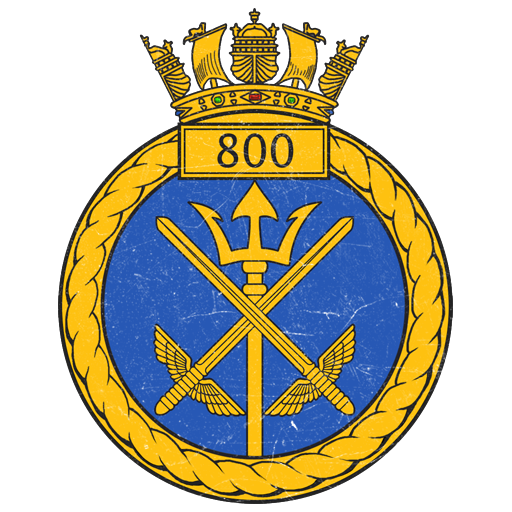 |
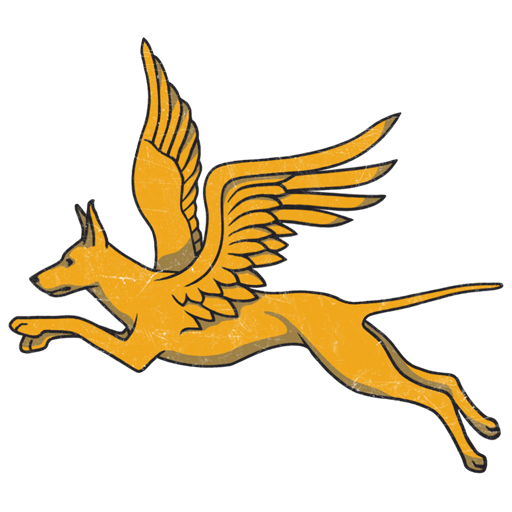 |
| Emblem of the No 800 NAS | Emblem of the No 1831 NAS |
Decals by Jej 'CharlieFoxtrot' Ortiz and Colin 'Fenris' Muir
